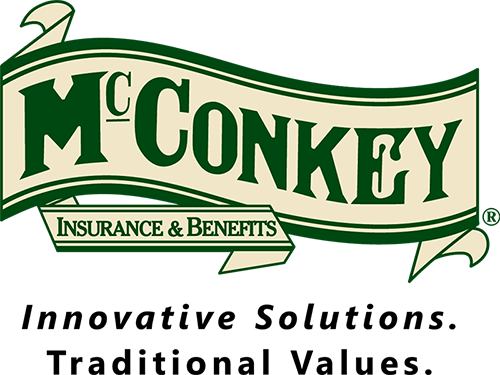
Inflation in the healthcare sector is a multifaceted issue, driving real challenges for those who own the financing risk. Advances in care-delivery and treatment protocols, clinical staff shortages leading to wage and access pressures, and the cyclical nature of provider contracting are blending with evolving market dynamics to drive trend. The 2023 Aegis Risk Medical Stop-loss Premium Survey revealed that individual stop-loss premiums increased from 2021 to 2023, ranging between 6.9% (at the $100,000 deductible level) and 15.9% (at the $500,000 deductible level) in the standard stop loss market.
At the heart of this increase is the phenomenon knows as “leveraged trend,” a dynamic highlighted in the Aegis Risk survey. This intricacy unfolds as the underlying increase in expenses for a catastrophic medical claimant is fully borne by a consistent stop-loss deductible from one year to the next. It’s a financial interplay that demands attention and understanding. McConkey clients know, however, that this market trend is not a foregone conclusion—programmed approaches to stop loss and effective risk retention analyses offer tools to combat standard market pressures.
“This dynamic, known as leveraged trend, occurs as the underlying increase in expense of a catastrophic medical claimant is fully borne by an unchanged stop-loss deductible from one year to the next.”
– 2023 Aegis Risk Medical Stop-loss Premium Survey
Conducted annually, the Aegis survey measures the ongoing expense and coverage of medical stop-loss among employer-sponsored, self-funded health plans. One-fourth (25%) of respondents reported a catastrophic claim of more than $1 million over the last two policy years, with 7% exceeding $2 million. These claims result from aggressive hospital billing, specialty pharmacy and orphan drug therapies. Fueled by rising costs, employers are discussing the following risk management strategies:
· Special risk arrangements (Captives, Consortia) (15%)
· Direct provider contracting (6%)
· Referenced-based pricing (3%)
· Specialty prescription drug and gene therapy carve-outs (18%)
McConkey Insurance & Benefits remains committed to developing strategies that promote stability amidst the fluctuating tides of health insurance costs—engineering long-term solutions as opposed to annual renewal cycles. Our aim is to empower the community with insights and solutions that ensure financial resilience in the face of evolving industry dynamics, and we enjoy a long history of working with clients to deploy the strategies noted above, and other creative solutions, to best position for the future.
1Stop-loss insurance provides protection to self-funded health plans against large and unpredictable health claims, such as catastrophic medical bills, that exceed a predetermined amount. Individual stop-loss coverage deductibles are often tied to the underlying employee population size and the plan provider’s risk tolerance.



